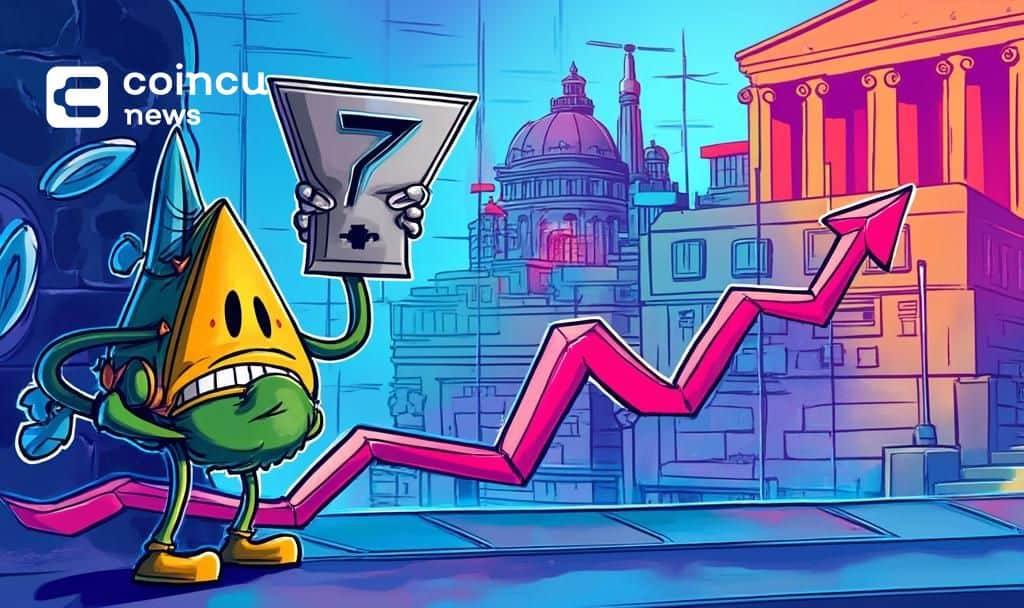Inverse Finance update: INV Live price, price chart, news and markets






Inverse Finance Price Chart Update [INV]
Inverse Finance Price Update Today
About Inverse Finance
Introduction to Inverse Finance
Inverse Finance, a protocol that utilizes stablecoin returns, provides a unique opportunity for a lossless passive investment in any token through a dollar-cost averaging strategy.
Users can deposit Dai and receive vault tokens at a 1:1 ratio. These vault tokens are then invested in a return-optimizing protocol, such as Yearn, where earnings are converted to ETH and distributed to depositors as long as they hold the token vault. Users also have the flexibility to withdraw Dai from the protocol at any time.
Operated by the Vaults of Yearn V2, Inverse Finance aims to accumulate a significant ETH position over time by generating substantial profits. The protocol's vaults have been whitelisted by YFI for integration with the unreleased Yearn v2 yDai vault, which is estimated to generate a 25% APY. Inverse Finance depositors were among the early adopters of Yearn v2 before its public release on Yearn.Finance.
The Problem Inverse Finance Addresses
While protocols like Compound, Maker, Synthetix, and Iron Bank offer similar services, Inverse Finance aims to solve the separation between synthetic and non-aggregated credit issuance in DeFi. These protocols allow users to exchange their collateral for credit, either in the form of a grant or ERC20 tokens, enabling borrowing against collateral.
Iron Bank, for example, created a cryptographic form of Dai but limited its usage to audited partners who could borrow funds and other assets. Similarly, Maker DAO issues Dai but cannot be used to borrow assets from Maker.
Inverse Finance offers a solution by combining cryptographic credit with an accessible source of capital, resulting in increased capital efficiency.
Inverse Finance Products
Anchor, DOLA, and Synths
Inverse Finance introduces Anchor Protocol, a capital-efficient lending pool that combines synthetic and non-aggregated credit into a single platform. The project also launches DOLA, the first synthetic/native credit stablecoin on Anchor. DOLA functions as a transferable line of credit, backed by $1 collateral, which can be used to borrow other assets regardless of market conditions. Key implications of this mechanism include an increase in demand and utility for borrowed credit in DOLA as the capital available on Anchor grows, earning interest on collateral when borrowing DOLA, and the profit-generating capability of DOLA as users provide it to Anchor and earn interest from DOLA borrowers/mints. Additionally, Anchor enables the collateralization of different synthetic assets introduced on the platform, allowing traders to enter multiple leveraged positions.
Protocol-To-Protocol Lending
Inverse Finance achieves functionality similar to Iron Bank by issuing DOLA and sending it to audited protocols that guarantee returns with interest. This replaces protocol credit limits with DOLA balances, enabling effective protocol-to-protocol lending.

| # | Exchange | Pair | Price | Volume | Mkt Share | Recommend | |
|---|---|---|---|---|---|---|---|
| 1 |

|
Curve (Ethereum) | INV/WETH | $44.94 | $70,194 | 38.72% |

|
| 2 |

|
MEXC Global | INV/USDT | $44.60 | $55,452 | 30.59% |

|
| 3 |

|
Coinbase | INV/USD | $45.18 | $35,704 | 19.69% |

|
| 4 |

|
Uniswap v3 (Ethereum) | INV/DOLA | $45.02 | $12,620 | 6.96% |

|
| 5 |

|
CoinEx | INV/USDT | $45.07 | $4,905 | 2.71% |

|
| 6 |

|
Balancer v2 (Ethereum) | INV/DOLA | $44.90 | $854 | 0.47% |

|
| 7 |

|
Curve (Ethereum) | INV/USDC | $45.14 | $789 | 0.44% |

|
| 8 |

|
SushiSwap (Ethereum) | INV/WETH | $45.15 | $774 | 0.43% |

|
Inverse Finance Conversions


 News
News Market
Market Knowledge
Knowledge Reviews
Reviews Recommended
Recommended Upcoming Event
Upcoming Event Coin
Coin
 Glossary
Glossary Convert
Convert


























